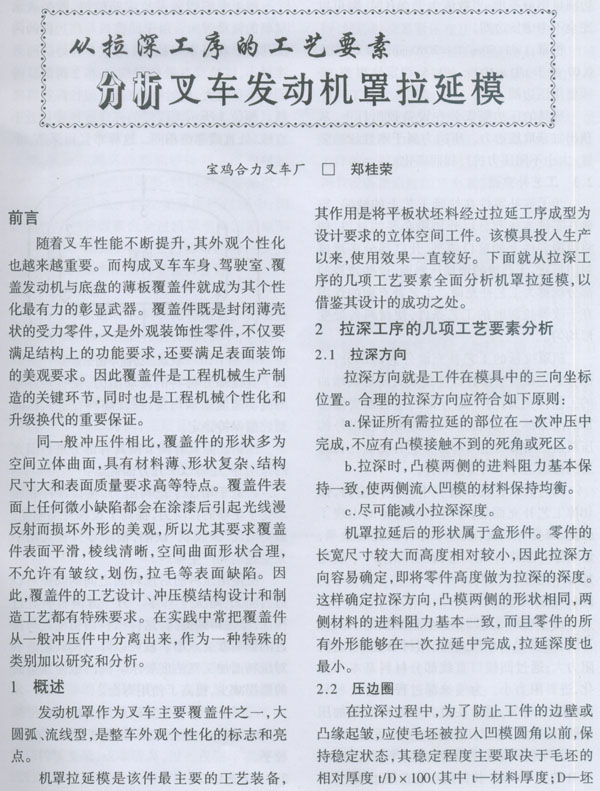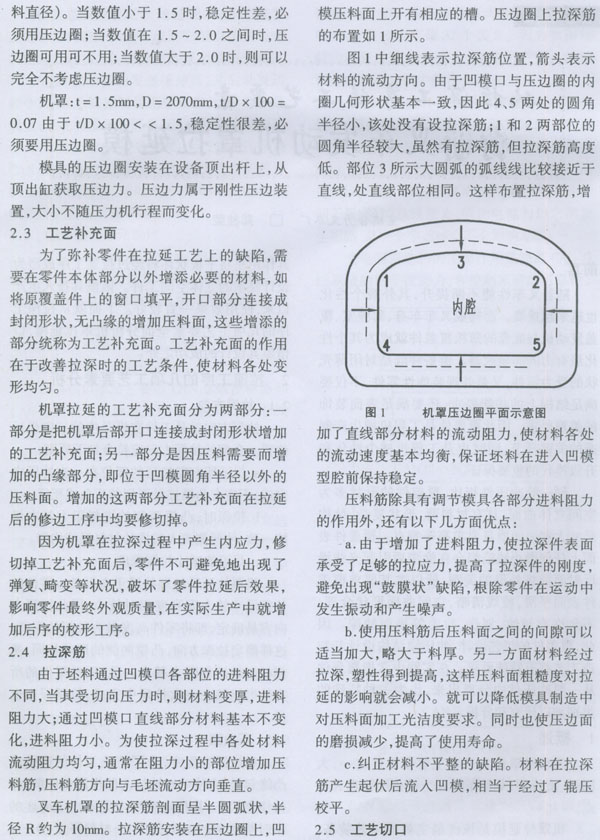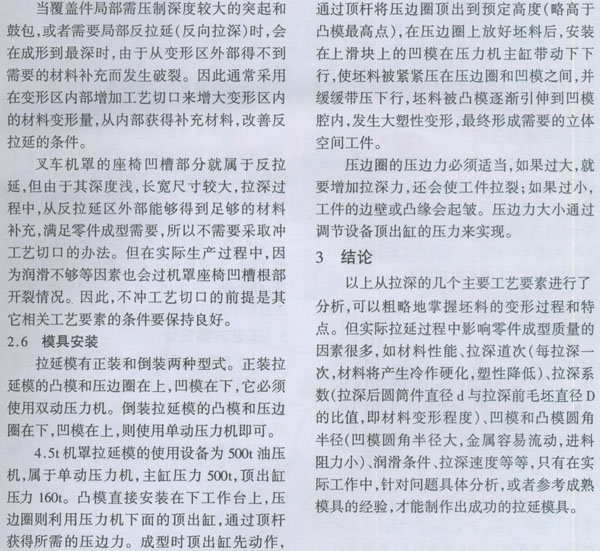Analysis of forklift hood drawing die from process elements of drawing process



The key components of an electrolysis cell for water treatment include the anode, cathode, electrolyte solution, and an external power source. The anode and cathode, typically composed of materials resistant to corrosion, serve as sites for oxidation and reduction reactions, respectively. The electrolyte solution, chosen based on the specific water treatment goals, acts as a medium for ion transport between the electrodes. An external power source, often in the form of a direct current power supply, provides the energy necessary for driving the electrochemical reactions.
Electrolysis cells find application in various water treatment processes, with electrochlorination being a notable example. In this process, the anode facilitates the oxidation of chloride ions, leading to the in-situ generation of chlorine, a potent disinfectant crucial for eliminating bacteria, viruses, and other microorganisms in water.
Beyond disinfection, electrolysis cells are employed in electrochemical oxidation and reduction processes for the removal of contaminants such as organic pollutants, heavy metals, and other undesired substances present in water sources. The controlled application of electrical energy allows for targeted and efficient water treatment, contributing to the broader goals of environmental sustainability and public health.
Electrolysis Cell, Water Electrolysis System, Electrolyzer Cell Technology, Hydrogen Production Electrolysis, Industrial Electrolysis Solutions
Yesino Metal Co., Ltd , https://www.yesinometal.com
